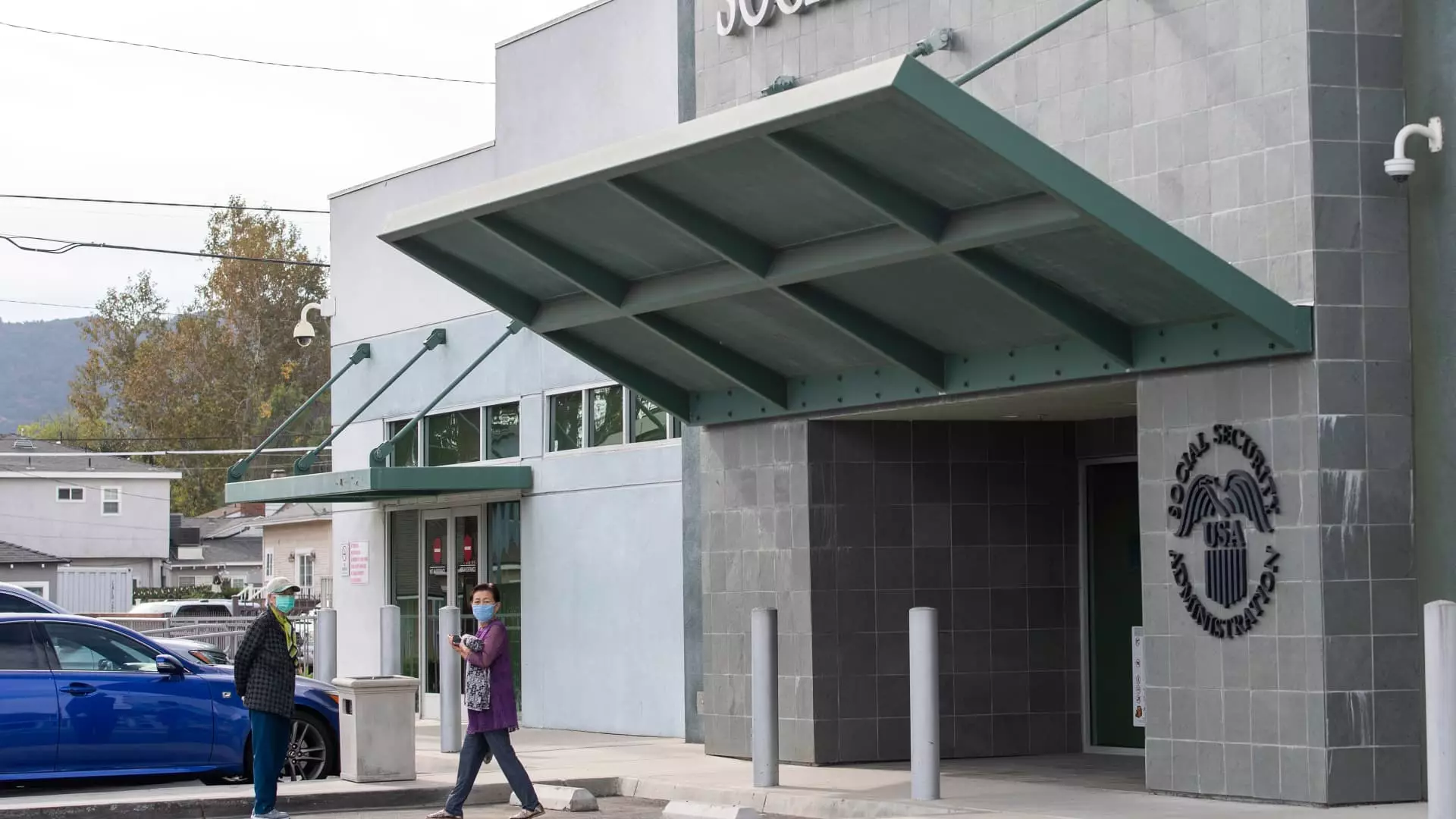The Social Security Administration’s trust funds, which are crucial for paying out benefits, are now projected to run out in 2035, which is one year later than previously estimated. This improvement can be credited to more individuals contributing to the program due to a strong economy, low unemployment rates, and higher job and wage growth. Last year, it was predicted that the program’s funds would be depleted by 2034, with only 80% of benefits being payable. With the new projected depletion date of 2035, 83% of benefits will be available if Congress does not take action sooner to prevent the shortfall.
Social Security Commissioner Martin O’Malley pointed out that this year’s report brings good news to the millions of Americans who rely on Social Security. For approximately 50% of seniors, Social Security is the difference between poverty and dignity. O’Malley stressed the importance of extending the trust fund’s solvency through bipartisan efforts, as done in the past. He emphasized that eliminating the shortfall would provide peace of mind to the millions of beneficiaries, workers, and families who contribute to Social Security.
It is important to note that the combined depletion date of Social Security’s trust funds is utilized to evaluate the program’s solvency. However, due to current law, the funds cannot be combined. The trust funds serving retired workers and their families have a projected depletion date of 2033, with 79% of scheduled benefits considered payable at that time. In contrast, the trust fund for disability benefits is projected to be sustainable until at least 2098. This distinction is crucial in understanding the financial challenges faced by different segments of Social Security beneficiaries.
Medicare, which presents its own set of financial challenges, has shown signs of improvement in this year’s trustees report. The Medicare Hospital Insurance trust fund, responsible for funding Part A benefits, has extended its depletion date to 2036. This positive development is attributed to higher payroll tax income and lower-than-projected expenditures. Additionally, the Supplementary Medical Insurance Trust Fund for Medicare, which covers Part B and Part D benefits, is financially prepared for the foreseeable future. These improvements indicate progress in addressing the solvency concerns of the Medicare program.
Despite the slightly improved projections for both Social Security and Medicare, experts stress the importance of addressing their solvency issues without delay. Bill Sweeney, the senior vice president of government affairs at AARP, highlights that a substantial percentage of families rely on Social Security as a significant portion or all of their income. Any potential reduction in benefits is a cause for concern among older adults. Sweeney urges Congress to engage in bipartisan discussions to secure the future of these critical programs. The need for timely action is emphasized to ensure the stability of Social Security and Medicare.
The updated projections for the Social Security and Medicare trust funds offer a glimpse into the challenges and opportunities facing these vital programs. While the extension of depletion dates provides some breathing room, there is a consensus among experts that long-term solutions are essential. Addressing the financial stability of Social Security and Medicare is crucial to safeguarding the well-being of beneficiaries and ensuring the sustainability of these programs for future generations. Congressional action and bipartisan cooperation are essential in navigating the complex financial landscape of Social Security and Medicare.

Leave a Reply